Malaysia is one of the Southeast Asian countries that we hold dearest in our hearts. Much of that affection stems from a small island where we spent over seven months in total, but the warm welcome we received from the Malaysian people has also played a significant role in our love for this country.
Tranquility is the norm throughout most of Malaysia, and its development and good infrastructure make traveling there very easy, making it an ideal destination for those who are backpacking for the first time.
With beaches, wildlife, jungles, history, and a mix of cultures all in one country, the result is so appealing that it’s impossible not to be captivated by Malaysia.
For tourism purposes, you can enter Malaysia without a visa. Usually, you’re allowed to stay for up to 90 days upon arrival. If you intend to stay beyond 90 days or are visiting for reasons other than tourism, you need to obtain a visa from the nearest Malaysian diplomatic office prior to your departure.
If you’re already thinking about taking a trip to Malaysia, you’ve probably started searching for flights to Kuala Lumpur to get an idea of the prices. That’s why we’d like to give you some tips on finding cheap flights to Malaysia, so you can make the most of your savings while exploring the country.
In the link above (coming soon), we provide a step-by-step guide to help you save on flights. Check it out!
It goes without saying how important it is to travel to Malaysia with a good insurance. We were the first ones to offer the famous 5% discount on IATI Insurance, but you also have it available with Heymondo Travel Insurance.
Follow the links below to get a discount on their website:
A crucial factor when planning a trip to Malaysia is the weather, especially if you plan to visit some of its stunning islands. The great thing about Malaysia is that you can enjoy a beach holiday year-round, as the east and west coasts experience their peak rainy seasons at different times.
So, when is the best time to visit Malaysia? It depends on the area you plan to explore and the time of year. Read on to find out more.
The west coast of the mainland and the islands off the Malay Peninsula have a typical tropical climate: hot, sunny, and humid, with rain throughout the year. September and October tend to see the heaviest rainfall, but even during the rainy season, you can still enjoy a week or two of vacation with only occasional brief tropical downpours.
The east coast remains warm and sunny for most of the year. The northeast monsoon arrives between November and February, so it’s generally best to avoid the islands during this period. Rainfall is much heavier on this side of the peninsula, which can disrupt boat transport, and many tourist spots close during these months, reopening in March.
From March to October, however, the weather is ideal for visiting the islands on the east coast, which are among the best in the country.
Kuala Lumpur and Melaka are hot and humid all year round, with temperatures ranging from 22°C to 32°C and a consistently tropical climate. The rainy season, from April to October, doesn’t bring much stronger showers than at other times of the year. Regardless of when you visit these cities, you might encounter some rain, but it’s never too disruptive.
In the highlands, such as the Cameron Highlands, the climate is distinctly different from the rest of Malaysia. Daytime temperatures average a very pleasant 22°C, dropping to a relatively cool 15°C at night—perfect conditions for growing tea, flowers, and fruit. For travelers, this offers a refreshing contrast to the warmer lowlands. A typical day features blue skies in the morning, rainy afternoons, and cool nights, with the heaviest rainfall occurring between September and early December.
While many hotels, guesthouses, and restaurants in Thailand offer free Wi-Fi, some travelers prefer or need a constant connection. We’ve included details on obtaining a eSIM Malaysia card with unlimited data. If you want to get one directly, use the following link (with a discount):
Certain vaccines are recommended depending on the type of trip and the duration of your stay.
The best approach is to schedule an appointment at an international vaccination center well in advance, as waiting lists can be long. There, specialized doctors can advise you, answer all your questions, and provide tailored recommendations. In addition, they will give you essential information on preparing your first aid kit and preventing diseases with basic precautions.
Knowledge is power—once you have all the necessary information, you’ll be able to make the best decision for your trip.
Kuala Lumpur, the capital of Malaysia, was a city that pleasantly surprised us. Despite often treating it as just a stopover, we finally decided to explore it and discovered all that this urban center has to offer.
The city revealed its charm through its diverse food scene, vibrant Chinatown, beautiful mosques, the awe-inspiring Batu Caves, and the iconic Petronas Towers, which made us feel so small in comparison.
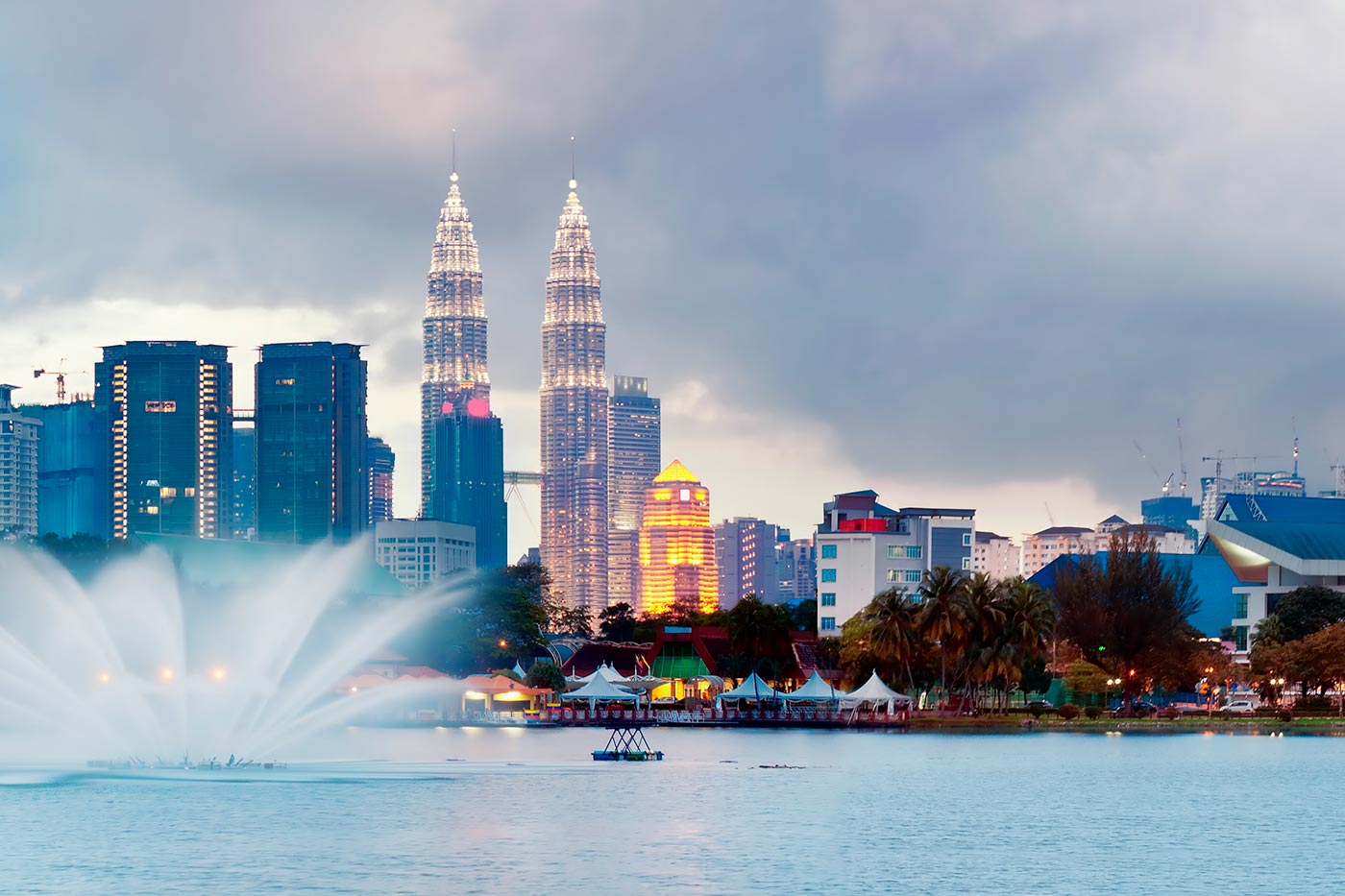
All of this comes with very efficient and fast public transportation. We will soon provide all the detailed information you need to make the most of your visit.
Georgetown‘s history, founded by the British merchant Francis Light in 1786, has shaped it into the multicultural city it is today, where Malays, Indians, and Chinese live together in harmony more peacefully than we could have imagined.
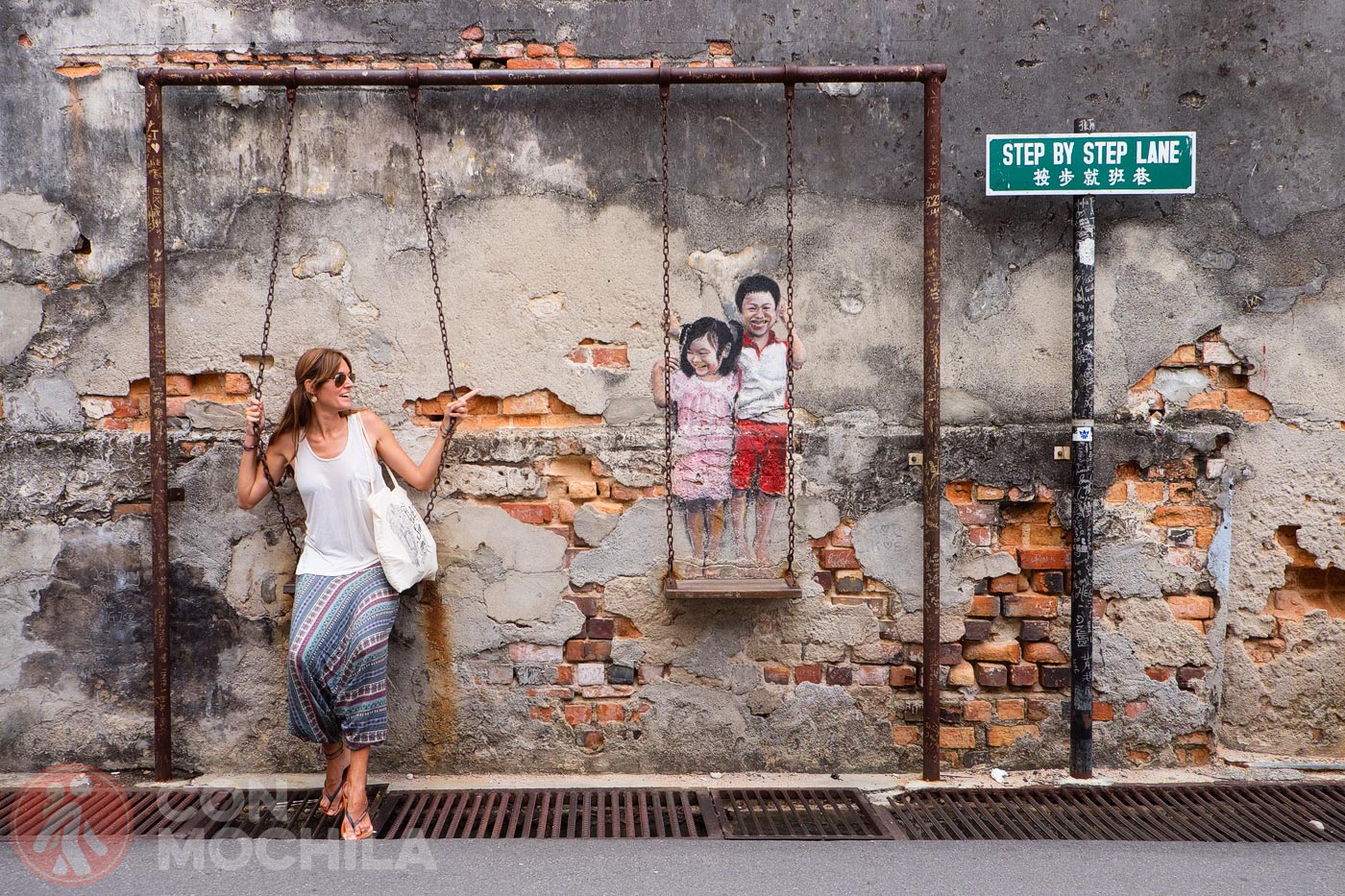
As you wander through its streets, you’ll come across mosques, Hindu temples, and Chinese temples alike. This rich cultural mix is set against a backdrop of colonial architecture, where its past is still visible in the buildings and churches. It’s no surprise that the city was declared a UNESCO World Heritage Site in 2008.
Like much of Malaysia, Melaka is a perfect blend of cultures. This small, charming city is just a few hours away by bus from Kuala Lumpur.
Historically, due to its strategic location, Melaka was one of the most important trading ports along the Spice Route, fiercely contested by the Portuguese and Dutch.
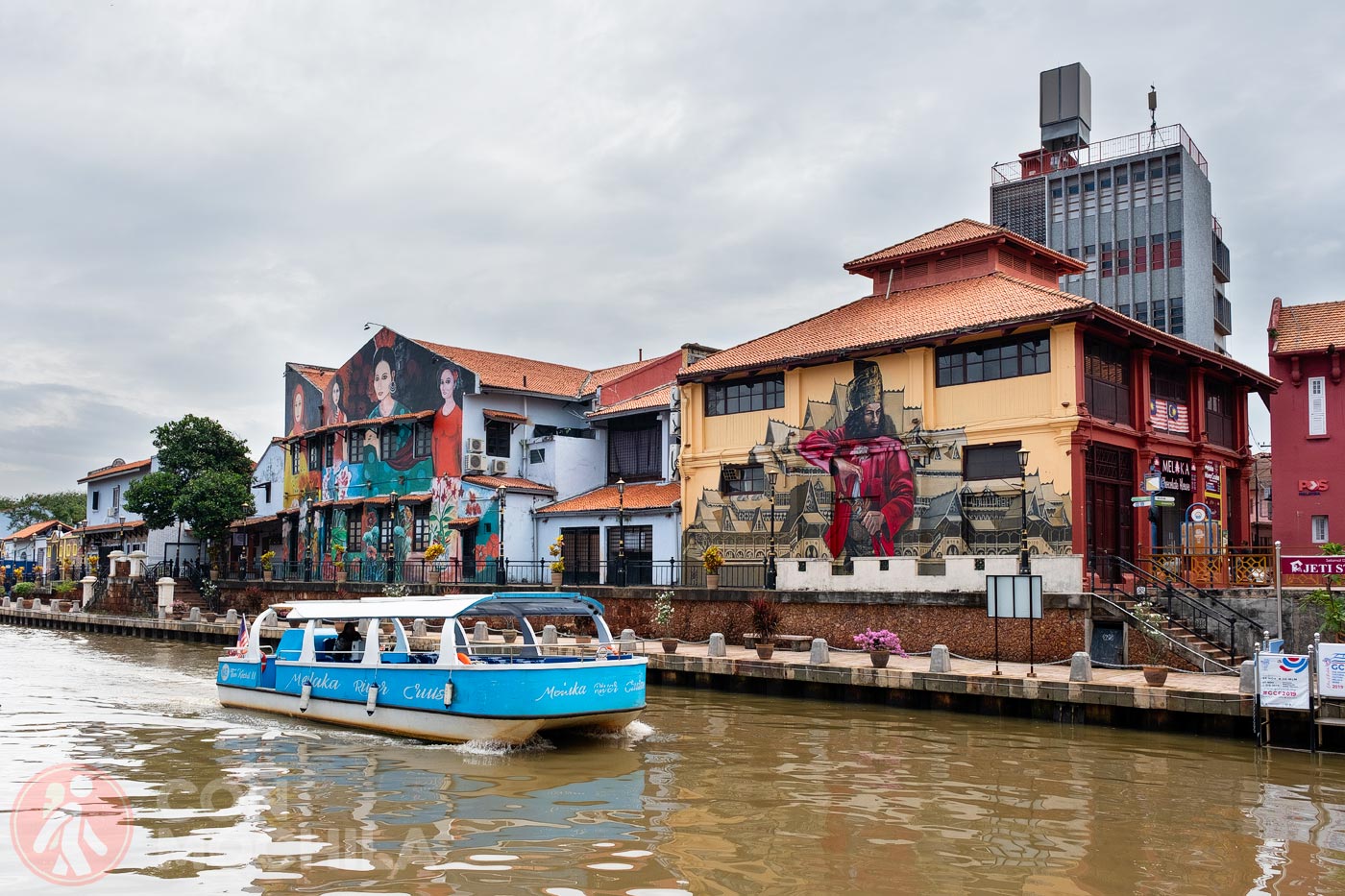
Today, walking through its historic center, also a World Heritage Site, you’ll find small restaurants, antique shops, Chinese temples, colonial houses, street art, mosques, and a fort, all reflecting the country’s remarkable cultural diversity.
Kuala Terengganu was founded by Chinese merchants, and it still honors its roots with one of the most ornate and well-preserved Chinatowns in all of Malaysia, known as Kampung China. At times, the vibrant atmosphere made me feel like I was in a carefully crafted theme park.
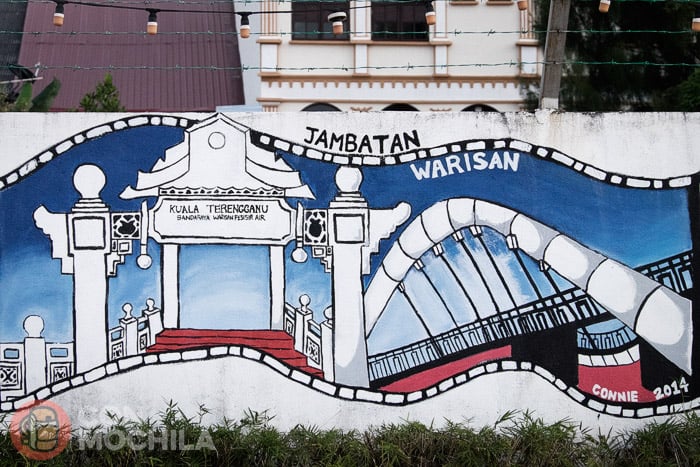
However, the authentic flavors of the dishes served in its local eateries and the countless friendly smiles remind you of the city’s true essence.
We spent nearly a week in Kuching, the capital of the Sarawak province. The city offers a variety of attractions, such as a riverfront promenade, a lively Chinatown, an Indian quarter, and even a cat museum!
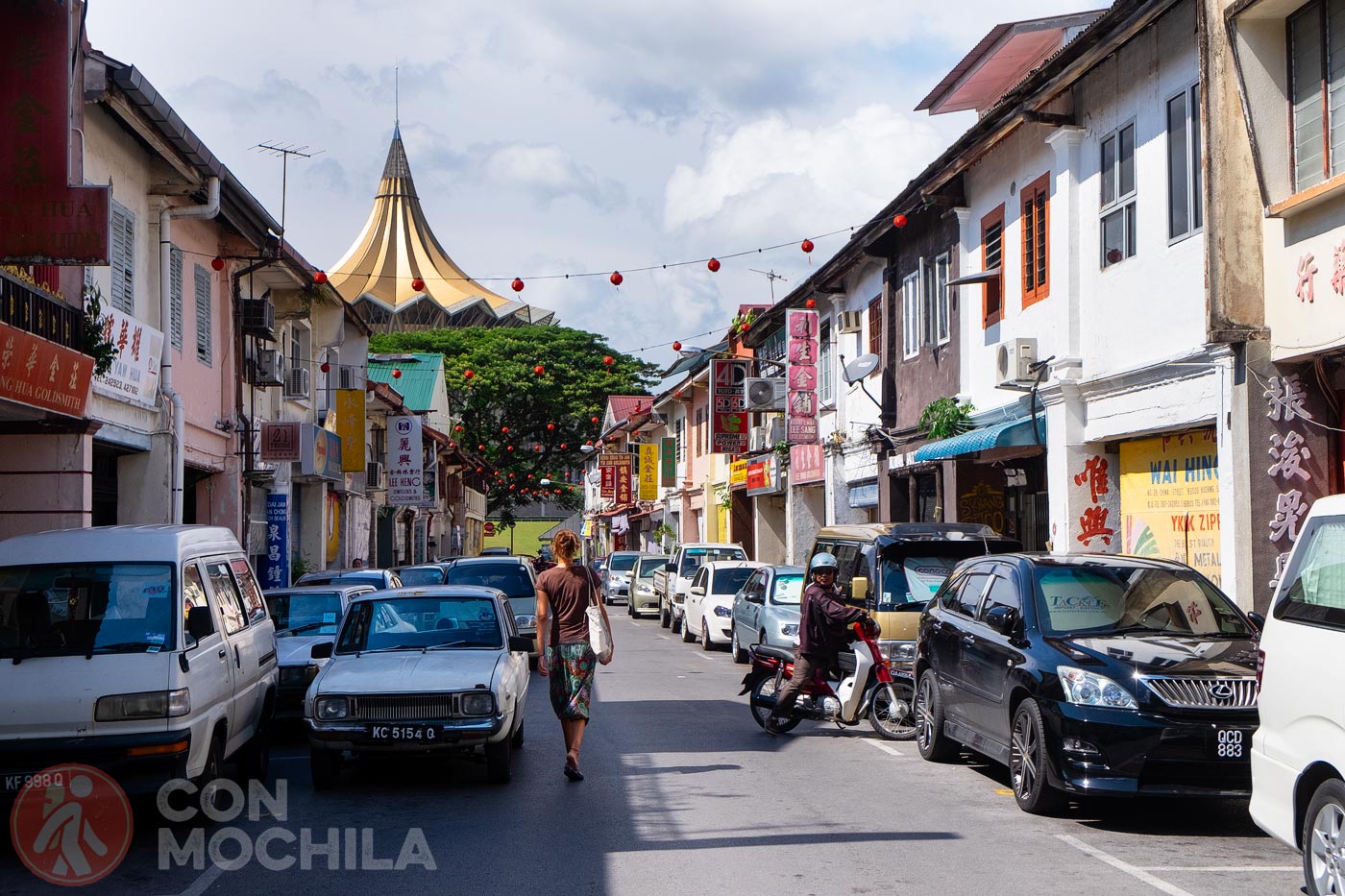
Kuching also serves as a great starting point for exploring nearby sites like Bako National Park and the Semenggoh Wildlife Centre, where you might be lucky enough to catch a glimpse of a rescued orangutan.
Everyone we met raved about the beaches, the marine life, and the laid-back vibe of the Perhentian Islands, and it seemed like everyone fell in love with this Malaysian paradise.
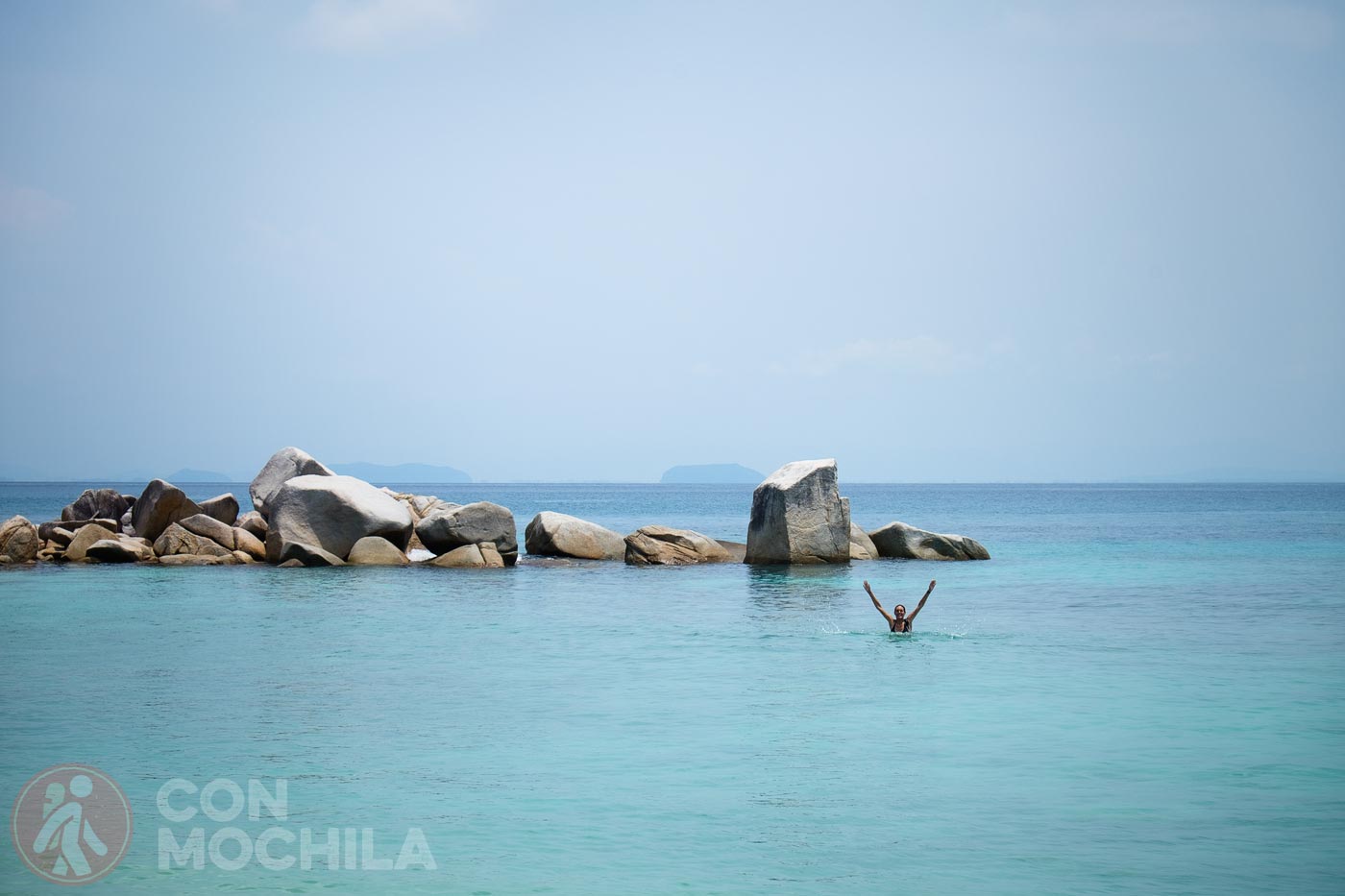
Looking back on our time there, the most memorable aspect for us was the sense of calm: seven days of tranquility filled with reading, jungle walks, and the occasional snorkeling session, which was the most activity we were willing to engage in.
Tioman Island didn’t immediately win us over, perhaps because we arrived late in the season or had just come from the Perhentians and Kapas. However, Tioman’s true charm revealed itself slowly in the form of wildlife encounters, some even with shells, and a seabed with stunning visibility — all we needed was a bit of patience.
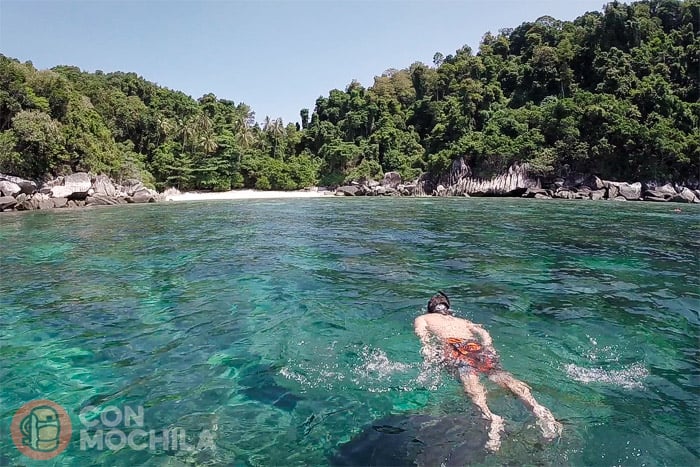
Our favorite experience was the snorkeling excursion we took, the “Coral Island Trip,” which we thoroughly enjoyed.
In addition to Malaysia’s well-known islands, there are many lesser-known and less-frequented islands, both on the peninsula and in Borneo. Some are smaller and others are a bit less accessible, but they are worth exploring if you have a little extra time.
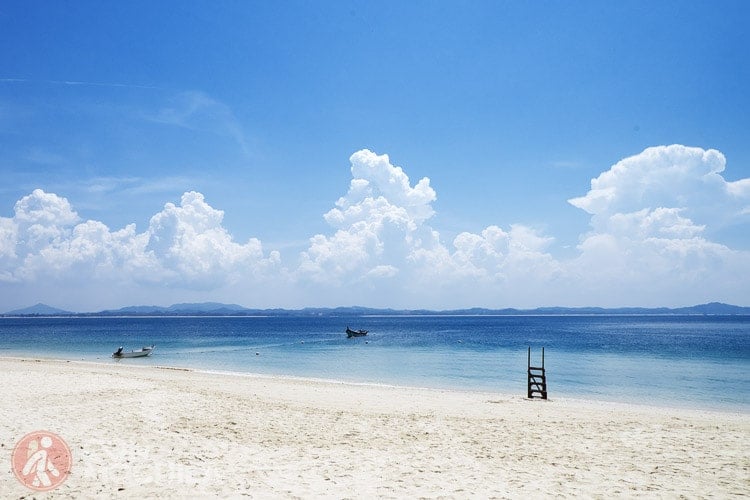
Islands like Pulau Pangkor, Pulau Redang, Seribuat, and the quiet Pulau Kapas offer unique experiences. And if you’re passionate about diving, you’ve likely heard of Sipadan and its incredible underwater world.
Located in the north-central part of the peninsula, the Cameron Highlands remain a sanctuary of peace and fresh air. With an altitude ranging from 1,100 to 1,600 meters, it’s the perfect destination to escape the stifling heat of the rest of the country, as well as an ideal location for tea plantations.
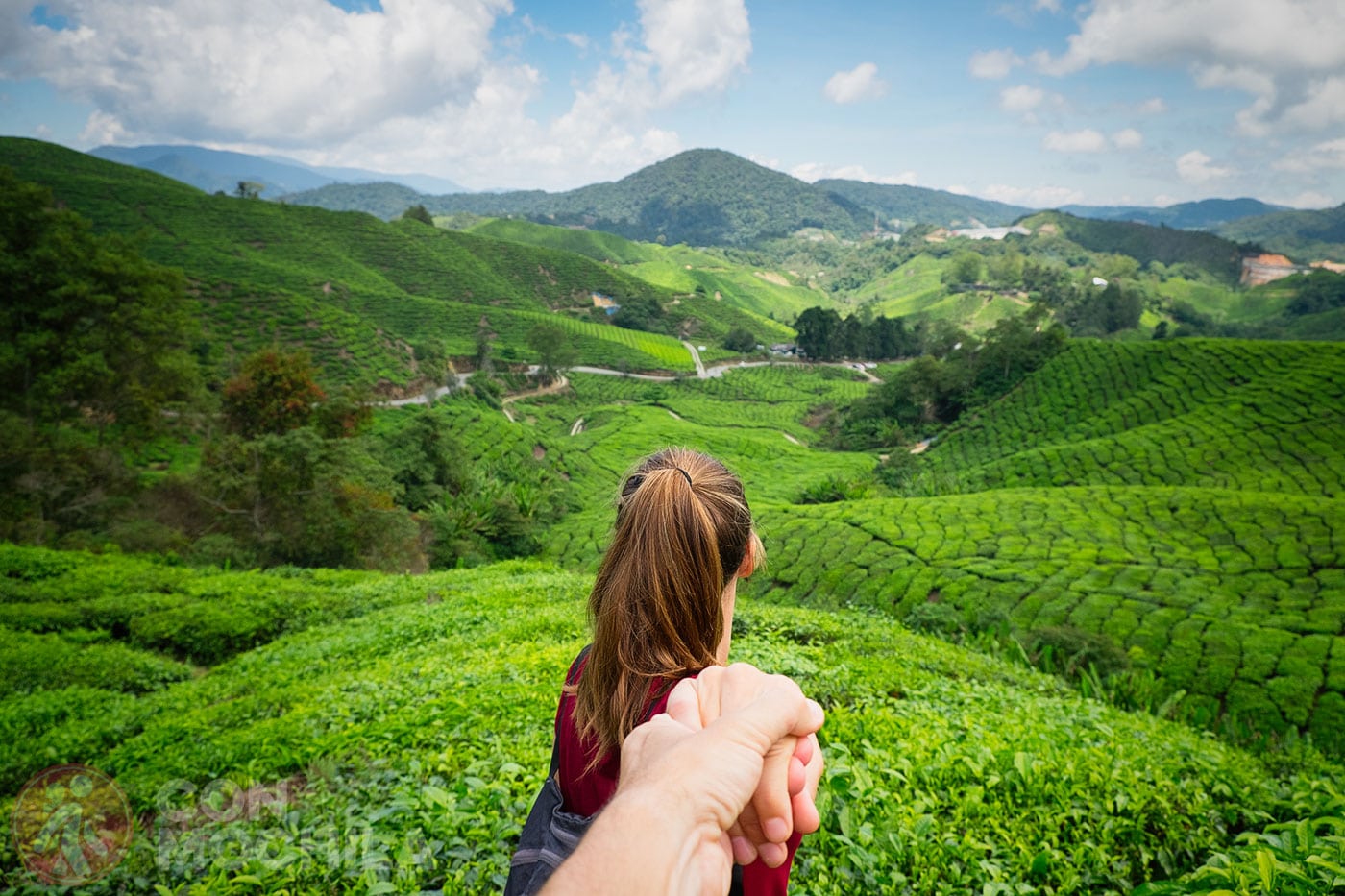
In recent years, the landscape has changed significantly, largely due to the influx of local tourists seeking relief from the high temperatures.
Bako National Park, with its variety of trails, stunning landscapes, proximity to the sea, and high chances of spotting wildlife, has become a clear favorite for us.
The park is located in the southern part of Sarawak province, Borneo, and traveling to the island offers the chance to see the famous local proboscis monkeys.
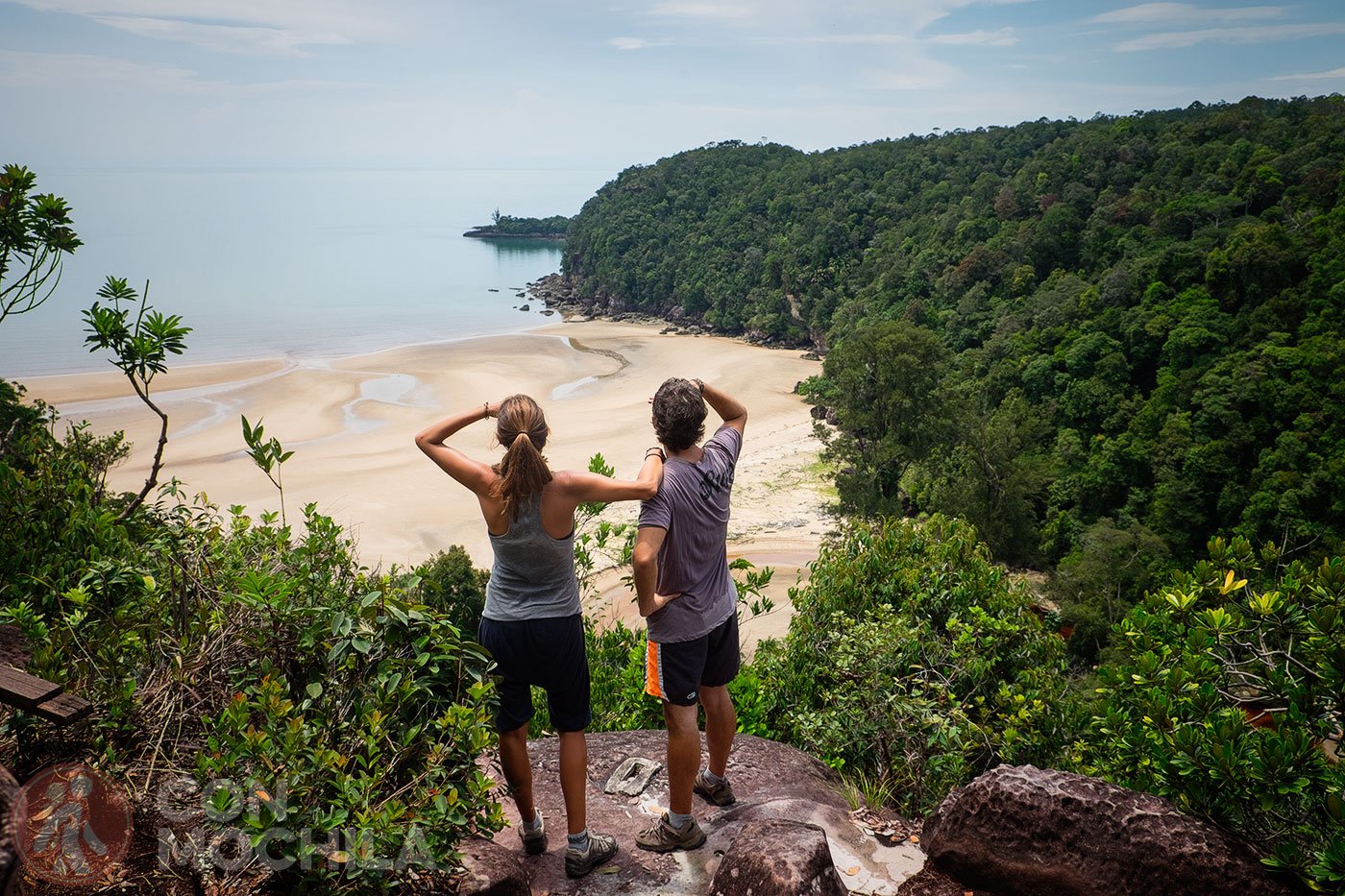
We chose to spend a night at the park’s camp and even had a nocturnal visit from a curious and hungry wild boar.
Taman Negara National Park is the oldest tropical rainforest in the world, dating back 130 million years and located in the heart of Peninsular Malaysia.
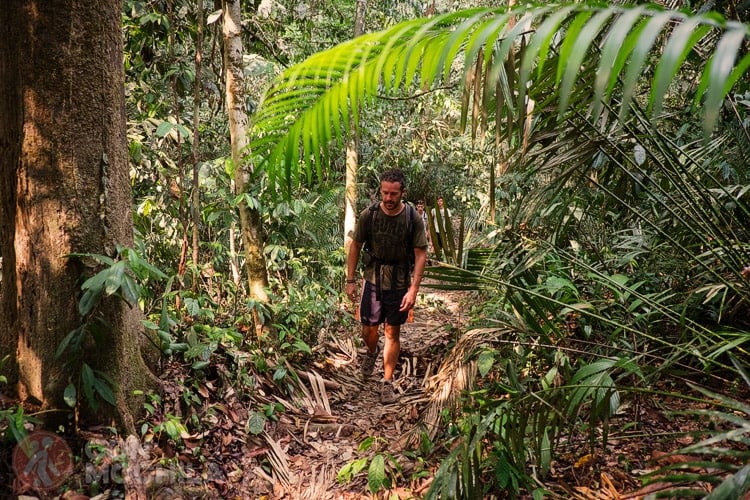
Although wildlife sightings are rare, the diversity of plant life and the towering trees kept us captivated throughout our two-day adventure. We sailed along the mighty Sungai Tembeling River, experienced the jungle from above on the Canopy Walk, and spent the night in a vast cave filled with bats.
Cruising along the Batang Rejang River was one of the most authentic experiences we had during this trip. Our journey began in Sibu and ended in Belaga, passing through Kapit.
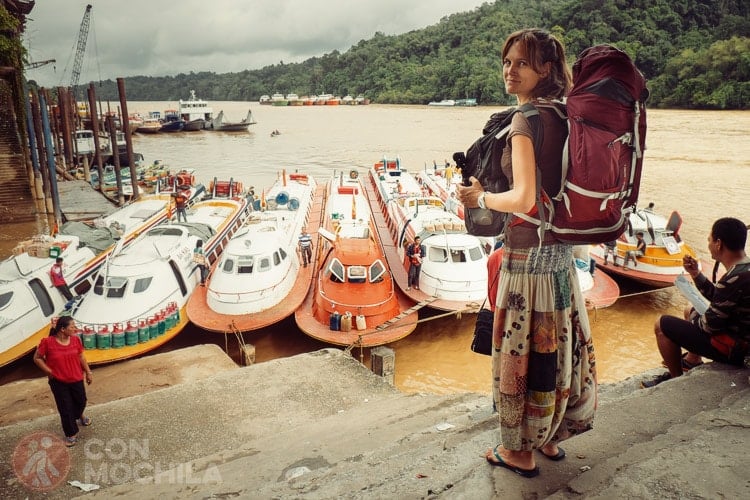
We spent four days traveling on a small ferry, venturing deep into Sarawak province to see the famous longhouses where local tribes still reside. During our entire journey, we didn’t encounter any other tourists, making it a truly unique experience.
Orangutans, If you are someone who enjoys discovering the fauna of the places you visit—these magnificent creatures are often the first animals that come to mind when you think of Borneo.
Sadly, they are critically endangered, and we don’t know if it will be possible to continue seeing them in the wild in the future. I say “in the wild” with hesitation because the places where I saw them were not as natural as I would have hoped.
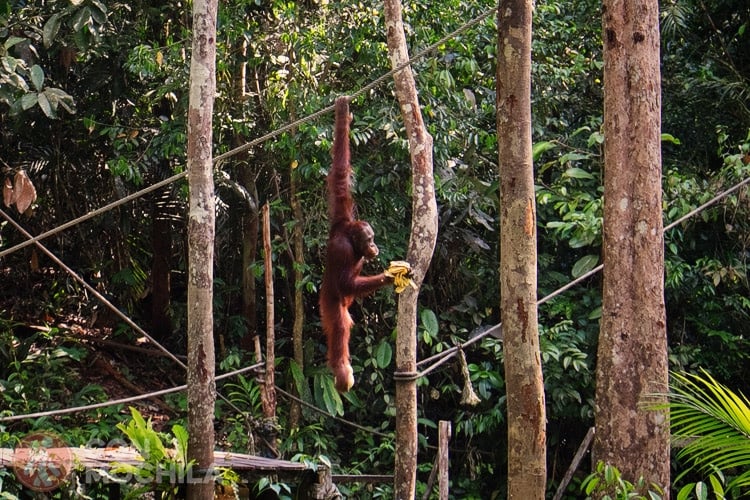
Despite the incredible efforts made by the rehabilitation centers we visited, and despite these centers being on our list from the start, I sincerely wish they weren’t necessary.
After an hour of sailing along the Kinabatangan River, we arrived at Uncle Tan’s camp, where the accommodations were little more than a bed and a mosquito net.
We took several boat trips along the river, spotting various animals like proboscis monkeys and gibbons. We also went on a couple of informative jungle walks, where we learned survival techniques and about the properties of native plants.
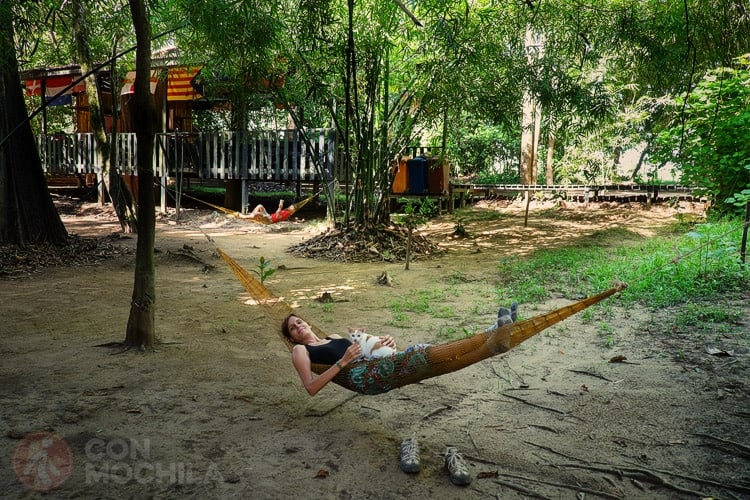
Exploring the underwater world is a fascinating and sometimes unsettling activity for many. Just putting on a snorkeling mask and looking beneath the water’s surface reveals a new world of colors and unknown life forms.
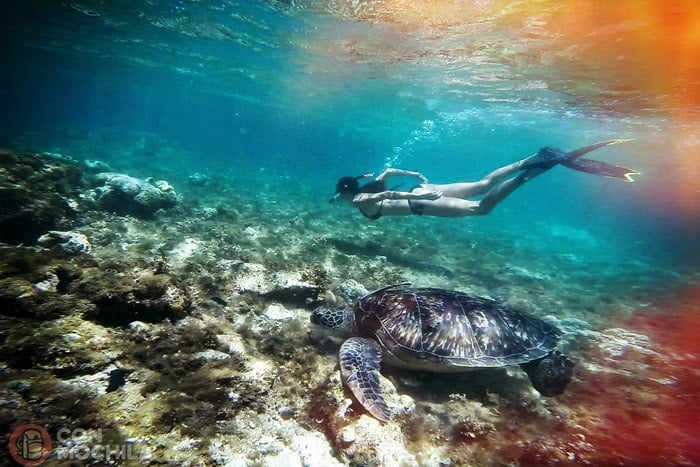
But this world needs to be cared for and respected. If you’re planning a trip that might include snorkeling and you want to ensure your presence doesn’t have a negative impact on the ecosystem, you might be interested in what’s discussed in the link above (coming soon)—what I’ve learned about responsible diving (with or without scuba gear).
Our philosophy, at the beginning, was always “book the first night and then go find hotels as you go” but since people began to travel in masses, new hotels and new “fully booked” signs emerged, along with new booking websites. The advantage is that now you have, within reach of a click, a lot of hotels and guesthouses that you can choose from before arriving at your destination.
We recommend platforms like Booking.com or Agoda.com, which are very active in Southeast Asian countries like Thailand.
Getting around Thailand is quite easy due to the country’s decent infrastructure. For a while now, there have been multiple tools for booking transportation in advance. We recommend 12go.asia, the website we use to book transportation.
Is Malaysia much more expensive than its neighboring countries? How much can I expect to spend on a daily basis during my backpacking trip? How much does a plate of noodles or rice cost? Most importantly, we will outline approximate costs and prices below to give you an idea when planning your next trip.
As always, we remind you that this is just a guideline. Some people will spend much less (which is entirely possible), while others might prefer more comfort and spend a bit more. During our first trip to Malaysia, which lasted three months, our average daily expense was around 22.5€ per person.
For about 10-20€, you can find double rooms with private bathrooms in almost any destination in Malaysia, though prices might be a bit higher in beach areas. For food, you can expect to spend around 5-10 per€ day per person, plus an additional 2-4€ if you enjoy a beer or two.
Malaysia’s currency is the ringgit (MYR) or RM. We found that most ATMs, particularly those from popular banks like Maybank, do not charge withdrawal fees when using a debit Mastercard.
However, your home bank in Spain might charge a commission of 3-8% for each withdrawal you make with your card. Fortunately, there are now cards that either do not charge a fee or have a lower percentage (around 1.7%). For more information, don’t miss our article on credit cards and fee-free accounts for travel (coming soon).
If you prefer, you can exchange currency before your trip using Ria exchange, which offers the best exchange rates on the market. You’ll find all the details explained in the link provided.
One of the key aspects of planning your trip to Malaysia is choosing the right excursions. With GetYourGuide, you can book many activities in advance, most of which come with an English-speaking guide. We recommend checking out all the options available on this platform to enhance your travel experience.